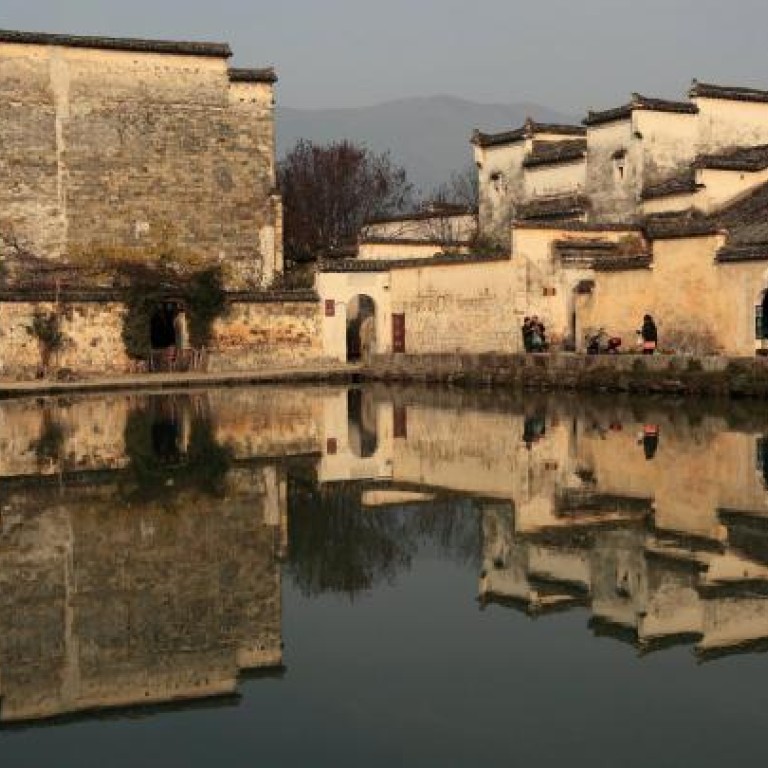
'Traditional Chinese villages' selected in drive to preserve cultural heritage
Designation intended to help 646 communities tap funds for conservation; many already gone
More than 600 ancient villages have been designated as having special cultural significance, a first step towards slowing the pace of their destruction in the drive towards development.
The 646 villages were selected by an expert panel from nearly 12,000 nominated by the central and regional governments, and are mostly in remote and less developed regions. Guizhou had 90 villages on the list, while Yunnan had 62.
Although the designation would not in itself provide additional protection, it would give the villages priority access to funding. Conservationists said that was a milestone in the effort to stop the villages' destruction, which has been wiping out irreplaceable links to China's past.
Preservationist Feng Jicai told Xinhua that the selection process represented the country's first large-scale study of agricultural heritage sites. Feng estimates that the number of rural villages on the mainland fell to 2.7 million in 2010 from 3.6 million a decade earlier.
"Some of the old villages [now] only exist in people's memories or folk tales, as few records like annals of village history and customs are kept," he said.
The panel of experts that selected the villages was commissioned by agencies including the Housing Ministry and State Administration of Cultural Heritage. They began their survey in May.
In guidelines released this week, the ministry defined a "traditional Chinese village" as having historic, scientific, artistic, social and economic significance, both tangible and intangible. "The … villages bear the essence of traditional Chinese culture and they are parts of culture heritage from the era of farming civilisation, which can not be recreated," the guidelines said.
The ministry said the list would help stop reckless demolition and development. It vowed to introduce mechanisms to help villagers preserve, plan and develop designated communities.
Xie Chensheng , a veteran conservationist with the China Society of Cultural Relics, said the list could at best be described as a salvage effort, since ageing rural buildings have been poorly protected for so long.
Xie said the protection of rural architecture was of particular significance because such buildings best show how people can harmonise with nature.
"Good villages are always those which fit in well with nature," Xie said. "So conservation of old villages has to be done in accordance with the wisdom behind the ancient buildings and the locals' way of living."
